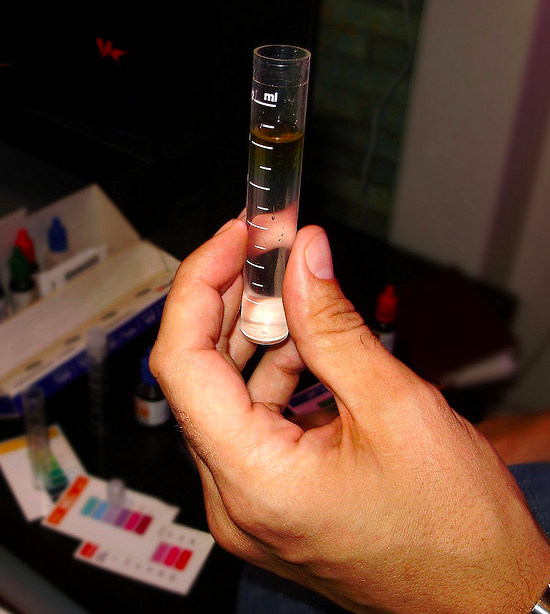Tara Ahi
We live in an age of unparalleled consumerism and materialism, one with a seemingly insatiable appetite for product. A toll on our planet from the demand for raw material has become increasingly apparent. This comes as a direct result from the synthetic chemicals that make up the materials we use in our daily lives, chemicals that cause damage both in making and as waste. In fact, according to the American Chemistry Council, more than 96 percent of all manufactured goods are tied to the chemistry industry.
This issue has caught the attention of scientists around the world, notably a team from four different universities, including the University of California Santa Barbara. In response to a call from the U.S. National Science Foundation Division of Chemistry for new centers on chemical sustainability, together they have started the new Center for the Sustainable Use of Renewable Feedstocks, or CensSURF for short. CenSURF was one of three centers out of fifty to receive $1.75 million dollars in the next three years from the National Science Foundation, which put out a challenge for innovation regarding environmentally safe and efficient alternatives to the normally wasteful and often hazardous procedures and materials.
Peter C. Ford, a UCSB professor in the department of chemistry and biochemistry, is one of the leading researchers.
“We have assembled a team of six researchers at UCSB and three from other campuses to work on two research problems that most of them would not attempt without the complementary expertise of other members of the group,” Ford said. The team also includes Clifford O. Kubiak of UC San Diego, Louise A. Berben of UC Davis and Kevin D. Moeller of Washington University, St. Louis. Other members from our own faculty are Susannah L. Scott, a co-principal investigator and professor in the Department of chemical engineering, as well as the following from the Department of Chemistry and Biochemistry: Petra van Koppen, a co-principal investigator and senior lecturer; Alison Butler, a professor; Darby Feldwinn, a lecturer; Trevor W. Hayton, associate professor and R. Daniel Little, professor. Baron Peters, assistant professor in UCSB’s Department of Chemical Engineering, has also been involved with the project.
CenSURF has put an emphasis on sustainability, a hope which lies in the possibility of completely new “feedstocks”—in other words, what common products like plastic are made out of. Instead of harmful synthetic materials, the market could draw from more eco-friendly raw material.
“One goal is to find new ways to convert biomass into chemicals and fuels. Another goal is to develop methods to convert carbon dioxide into chemical intermediates such as ethylene,” Ford explained. For example, scientists hope to replace a non-renewable source like petroleum with carbon dioxide, which can be easily attained once it is understood how to use it to our benefit. The process also involves electrochemistry, which requires energy. Using fossil fuels to do so will negate the sustainability factor, and therefore the team encourages and utilizes solar power for electricity needs, and uses it to reduce carbon dioxide to simple, usable forms, like ethylene. The challenge is not only to reduce these complex organic materials, but to stay true to the basis of sustainable chemistry by using resources that are replaced naturally at a convenient rate. The next generation must be able to use the same technologies and material in their time as well.
“We are also developing new materials that focus on sustainability for outreach to schools and to the public…we are in the early planning stage of a new course in chemical sustainability that we expect to offer during the spring quarter,” Ford said.
CenSURF has plans to visit local schools, from elementary to high schools, in order to spread their knowledge and involve children. The importance of youth involvement and knowledge is reflected in the priorities of the team—their work must be repeatable, it must be able to be carried on. In fact, an upper-division course specifically on sustainable chemistry is in development, as well as other educational pursuits for all ages. The theme these all center around is the ethics of sustainable and renewable resources in the chemical industry, being delivered straight to the hands of those who will soon lead the way for this undertaking.
Photo Courtesy of sflovestory











